导航栏
"QAIT" company, leveraging years of scientific research in the prefabricated construction sector, has established a robust quality and technological barrier with its core product—"all-aluminum prefabricated houses"—which boasts independent intellectual property rights and patented technology, certified by authoritative appraisals and qualified inspections. Through modular design and industrialized production, the company has reduced the construction cycle from design to delivery to just 45 days, achieving a 70%+ efficiency improvement over traditional methods. The product, made of aluminum alloy, is lightweight, high-strength, eco-friendly, and energy-efficient, with 100% recyclable materials and a design lifespan exceeding 70 years. Its low maintenance costs combine environmental value with high value retention, making it suitable for diverse scenarios such as residential, cultural tourism, and emergency housing. With multidimensional advantages in technology, efficiency, performance, and sustainability, QAIT demonstrates strong competitiveness and long-term growth potential in the prefabricated construction market.
1.Prefabricated Housing Overview
Prefabricated housing, also known as precast assembled buildings, refers to a type of construction where a large amount of on-site work in traditional building methods is transferred to a factory. In the factory, building components and accessories such as floor slabs, wall panels, stairs, and balconies are processed and manufactured. These components are then transported to the construction site and assembled on-site through reliable connection methods to form the building.
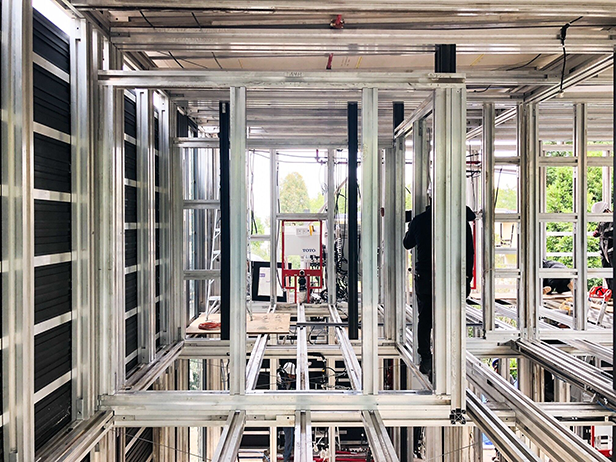
All-aluminum prefabricated housing
2.Advantages
High construction efficiency: Components are prefabricated in the factory and then transported to the site for assembly, reducing on-site wet operations and waiting time, which can significantly shorten the construction period.
Controllable quality: Factories adopt standardized and mechanized production, which can effectively control the dimensional accuracy and quality of components, reduce quality problems caused by human factors, and make the building quality more guaranteed.
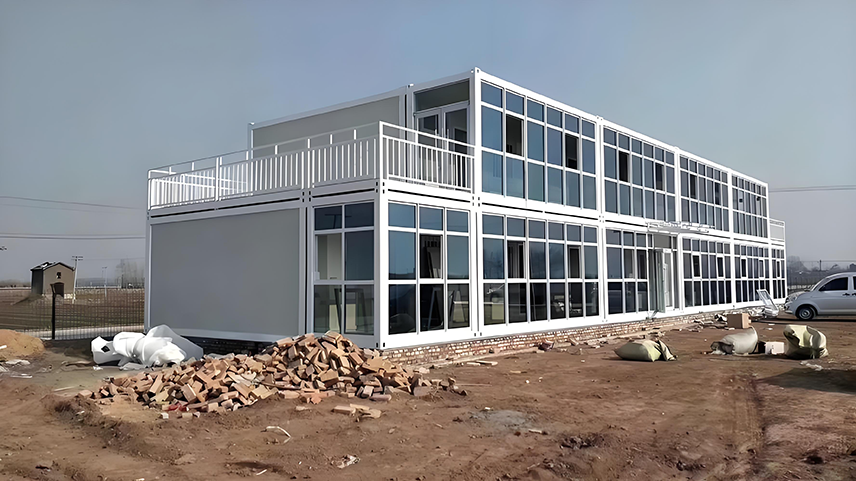
Prefabricated office building
Energy conservation and environmental protection: Reducing on-site wet operations can lower pollution such as noise and dust, while minimizing the generation of construction waste. Components have better thermal insulation and heat preservation performance, which helps improve the energy-saving effect of buildings.
Labor saving: Compared with traditional construction methods, the on-site construction of prefabricated buildings mainly involves the assembly of components, which requires relatively less labor and has lower labor intensity, thus alleviating the labor shortage in the construction industry to a certain extent.
High space utilization rate: For prefabricated houses with light steel or all-aluminum structures, the walls are thin and light, which can increase the actual usable area by about 10%-15% compared with traditional houses.
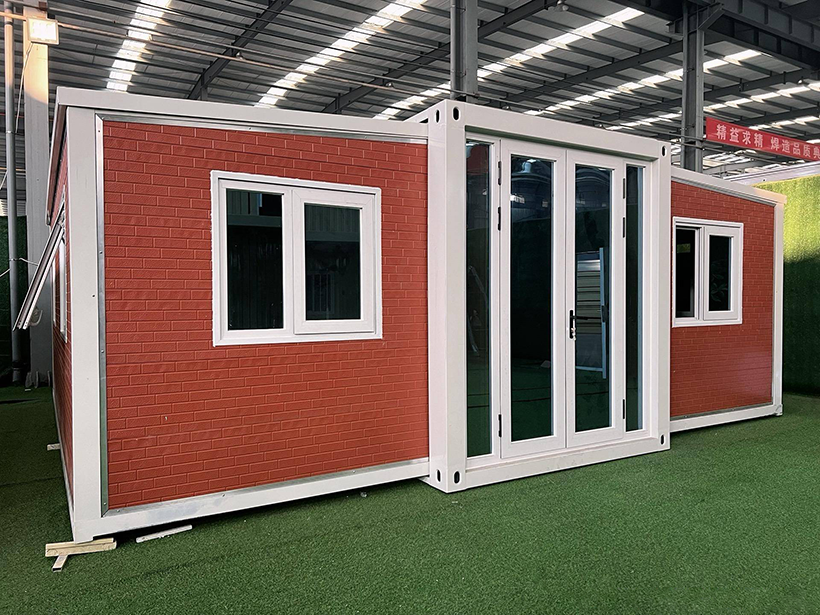
Folding house
3.Construction process
Design stage: Adopt the modular design concept, unify the dimensions and connection methods of components to ensure component universality; use BIM (Building Information Modeling) technology for 3D modeling, carry out collision detection, and optimize pipeline layout and node design; integrate architecture,
structure, mechanical and electrical disciplines to ensure precise pre - embedding of and reserved positions of holes.
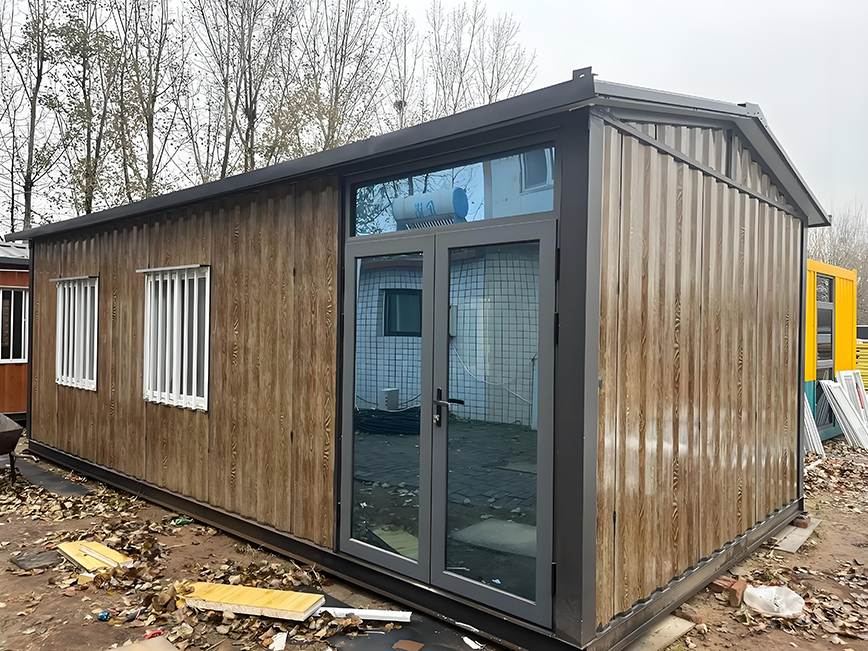
Prefabricated resettlement housing
Factory prefabrication production: Customize steel or aluminum molds to ensure the dimensional accuracy of components; use automated equipment to bind steel cages and embed sleeves, connectors, etc.; apply vibration tables or high-frequency vibrators to guarantee the compactness of concrete, and accelerate strength growth through steam curing; conduct quality inspections on components, including strength tests, dimensional verification, and positioning checks of embedded parts.
Component transportation and stacking: Select transportation tools such as flatbed trucks according to the size of components, install anti-collision pads, and fix them to prevent overturning; use cushion wood for support on site, with the spacing not exceeding 1.5 meters, and the stacking not exceeding 3 layers to avoid corner damage.
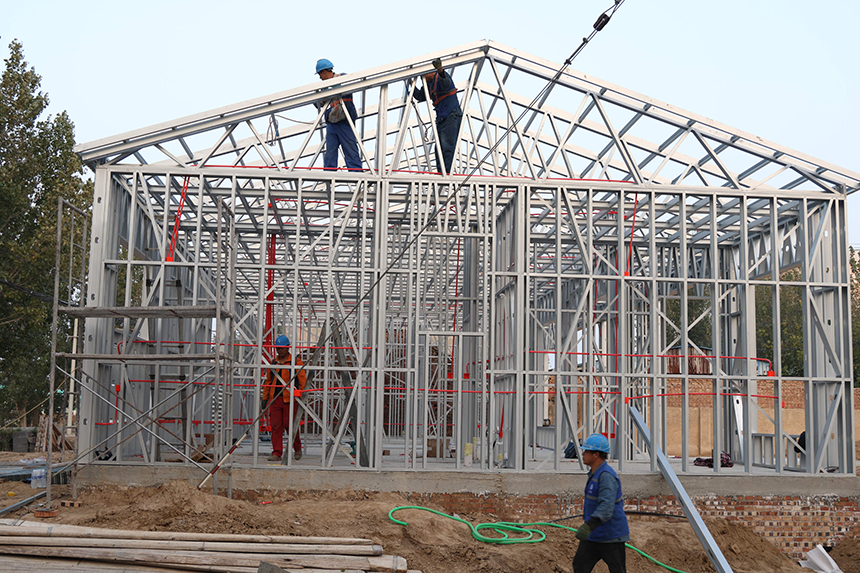
Prefabricated bungalow
On-site construction preparation: Set up a temporary stacking area for components and reserve a passage route for hoisting machinery; use a total station to accurately position the installation axis and set elevation control points; select an appropriate tower crane or mobile crane and inspect the safety of lifting appliances.
Component Installation: Adhere to the principle of "vertical first, horizontal follow-up", typically hoisting in the sequence of columns → beams → floor slabs → wall panels; use a laser level for real-time calibration to control verticality deviation within 5 mm and elevation error within ±3 mm; install diagonal braces or adjustable steel supports to ensure component stability until the joints are consolidated.
Node connection and acceptance: The column-foundation is connected by grouting sleeves, the beam-column joints are connected by welding plus cast-in-place concrete, etc. Pressure grouting is adopted to ensure the sleeve filling rate ≥95%, and the acceptance work such as node strength testing is carried out in accordance with relevant standards.
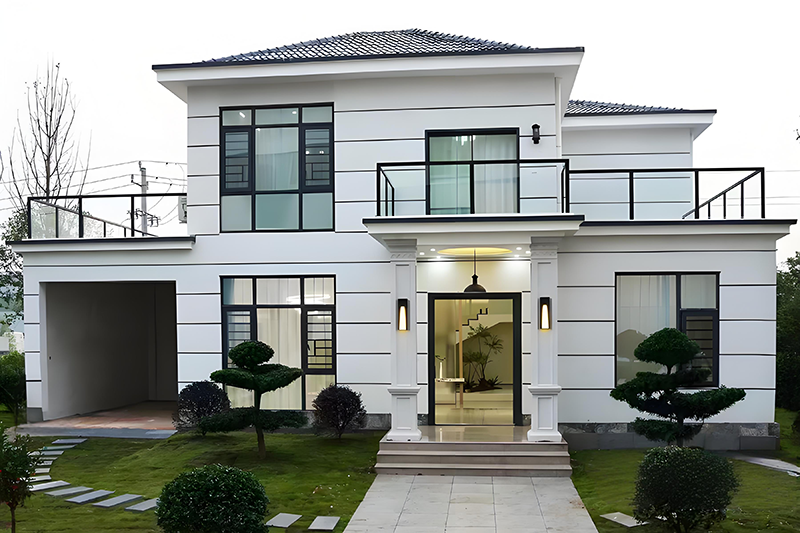
Prefabricated villa
Subsequent construction: Carry out anti-crack treatments such as sealing component joints with adhesive and plastering with external steel wire mesh; lay pipelines using the cavities of prefabricated wall panels to reduce on-site slotting; adopt dry construction methods like lightweight partition walls and integrated ceilings for decoration.